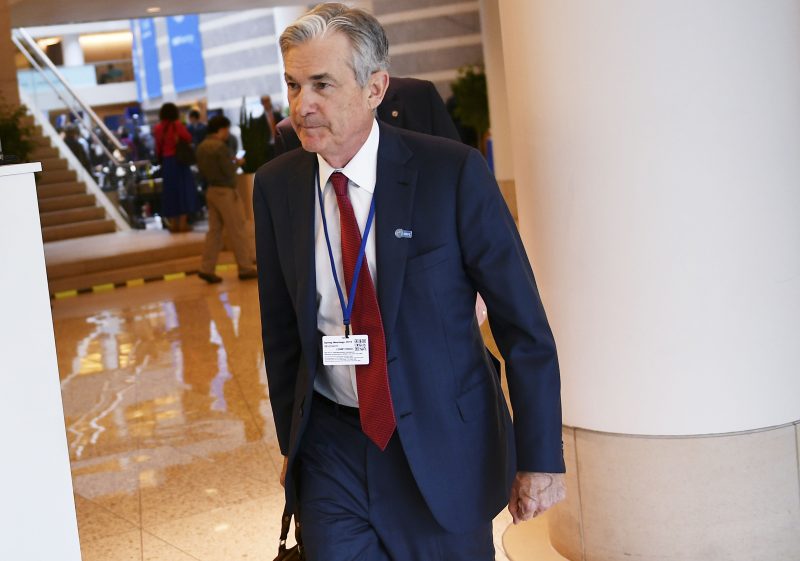Federal Reserve ponders conflicting data as it prepares rate decision
Federal Reserve Chair Jerome Powell faces intense political pressure from President Donald Trump to cut interest rates (MANDEL NGAN)
Washington (AFP) – The US Federal Reserve, faced with conflicting economic data that complicate its decision-making, opened the second day of policy deliberations on Wednesday.
The central bankers are widely expected to keep the benchmark lending rate where it is despite a blistering Twitter attack by President Donald Trump on the first day of the meeting.
But some economists have joined Trump’s call to slash the key rate, which affects all types of borrowing, from credit cards to home loans. After four increases last year, it now stands in a range of 2.25-2.5 percent.
And some agree with Trump that the last increase in December was a mistake.
Trump slammed the Federal Reserve for “incessantly” raising interest rates and said cutting rates by a full percentage point would make the economy surge.
The political pressure complicates the job of Fed Chair Jerome Powell — whom Trump appointed — because even if he is inclined to roll back some of the rate increases, doing so could undermine the central bank’s credibility.
Powell will have ample opportunity to explain his rationale at the press conference he holds after every meeting.
In the first two meetings of the year of the rate-setting Federal Open Markets Committee, policymakers made it clear they planned to hold off on any further moves until there are clear signs of the direction of the economy.
Data this week have added to the confused crosscurrents: private sector hiring surged in April, but inflation remains stubbornly far below the Fed’s 2 percent target.
The Fed’s mandate is full employment and stable prices, but central bankers have been baffled that wages and prices have shown few signs of taking off, even with unemployment at historic lows, companies nationwide complaining about struggles to find workers, and solid GDP growth of 3.2 percent in the first three months of 2019.
Many economists point out the weakness underlying the strong GDP data, but even so near-record stock markets make it harder for the Fed to cut.
“One thing the Fed is not likely to do today is cut 50 (basis points),” despite some calls for drastic action, economist Chris Low of FTN Financial said.
However, he said in an analysis, “A rate cut today would be the right call. It was a mistake to hike in December.”
Disclaimer: Validity of the above story is for 7 Days from original date of publishing. Source: AFP.


